Optimal Timing for Foundation Repairs
Determining the optimal time for foundation repairs involves considering seasonal weather patterns and soil conditions. Proper timing can help ensure the effectiveness of repairs and prevent further damage. Understanding when to schedule repairs can reduce costs and improve long-term stability.
Spring offers moderate weather and soil moisture levels, making it suitable for foundation work. Soil tends to be less saturated than in winter, reducing the risk of shifting during repairs.
Summer provides longer daylight hours and stable weather, but high temperatures and dry soil can complicate excavation and curing processes.
Fall typically features cooler temperatures and increased soil moisture, which can facilitate soil stabilization during repairs. However, early winter preparations are recommended.
Winter conditions, such as freezing temperatures and snow, can hinder foundation repairs. Soil may be too frozen for effective excavation or stabilization.
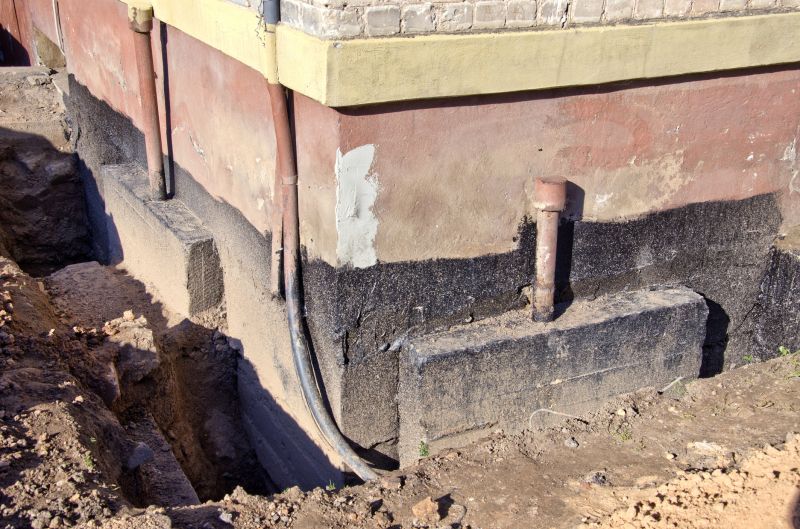
Spring is ideal for foundation repairs due to favorable soil and weather conditions.
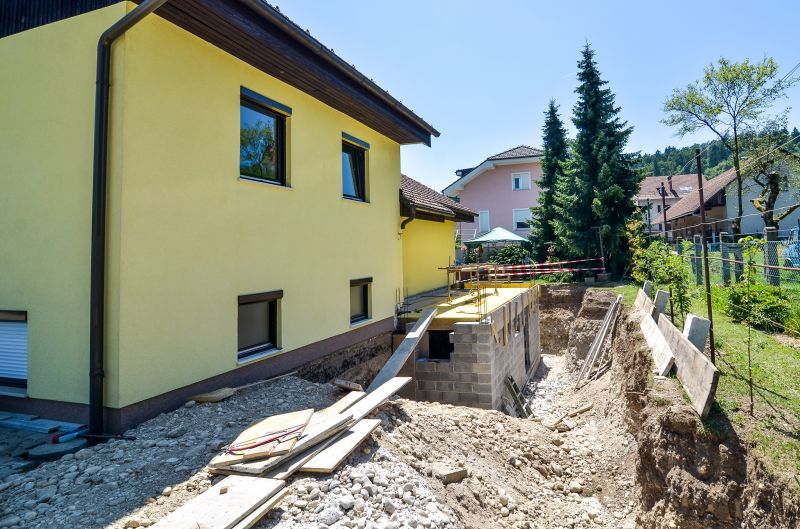
Summer's stable weather supports effective foundation stabilization.
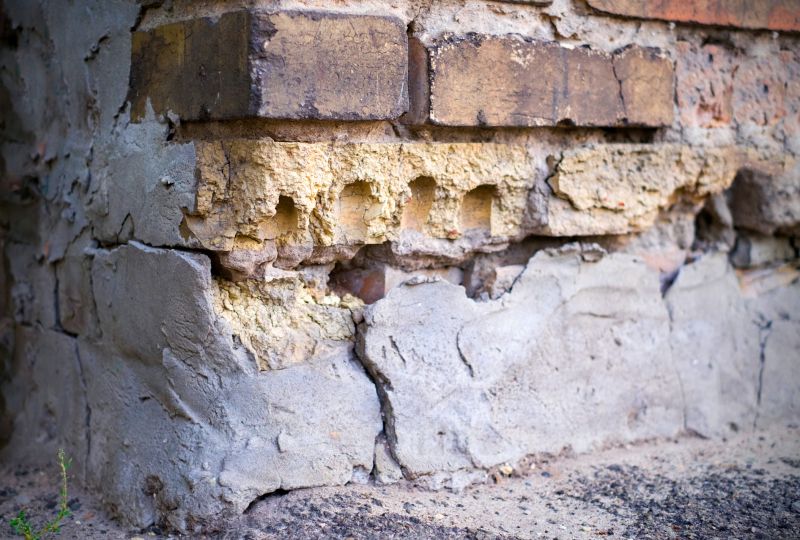
Fall offers cooler temperatures and moist soil for repairs.
| Season | Ideal Conditions |
|---|---|
| Spring | Moderate temperatures, soil moisture optimal, less rain |
| Summer | Longer days, stable weather, higher temperatures |
| Fall | Cooler temperatures, increased soil moisture |
| Winter | Freezing temperatures, snow, frozen soil |
Foundation repairs are essential for maintaining the structural integrity of a property. Addressing issues early can prevent costly damages and extensive repairs later. Soil conditions, weather patterns, and seasonal temperatures influence the success and scheduling of foundation work. Soil expands when wet and contracts when dry, which can cause movement and damage to foundations. Repair methods such as underpinning, slabjacking, or piering are often employed to stabilize and reinforce foundations.
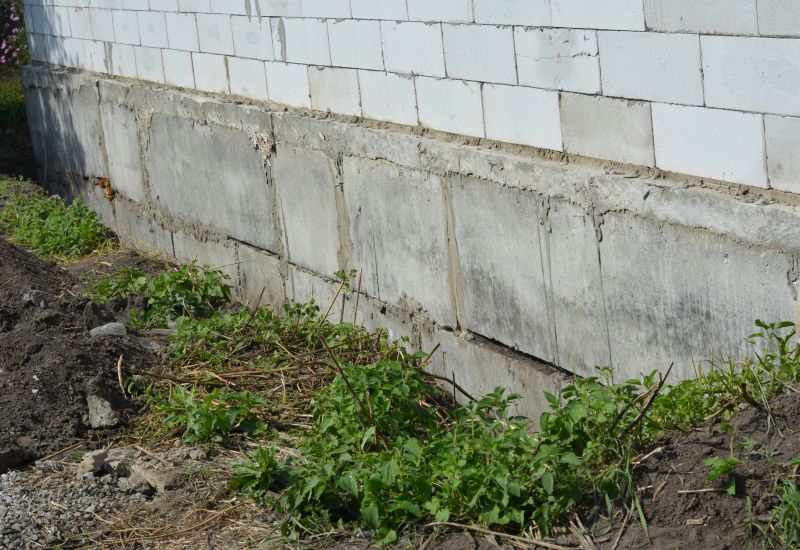
Visual representation of foundation stabilization techniques.
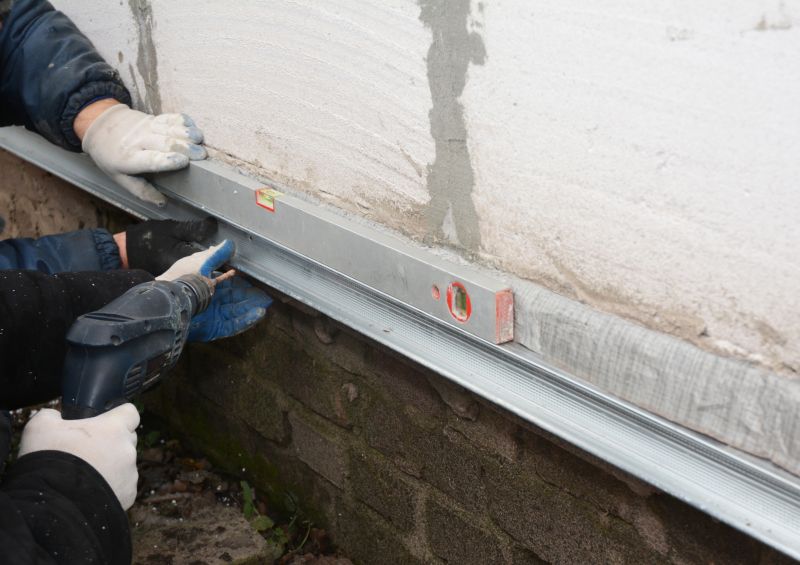
Soil treatment methods used during repairs.
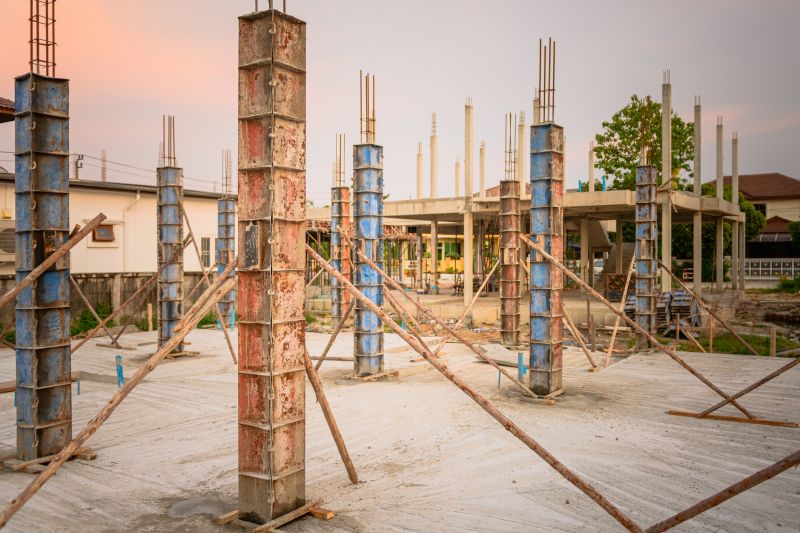
Installing piers to lift and stabilize foundations.

Fixing foundation cracks to prevent further damage.
Choosing the right time for foundation repairs can significantly impact the durability and effectiveness of the work. Consulting with foundation specialists can help determine the most suitable season based on current soil and weather conditions. Proper planning ensures that repairs are performed under optimal conditions, reducing the risk of future issues and extending the lifespan of the foundation.

